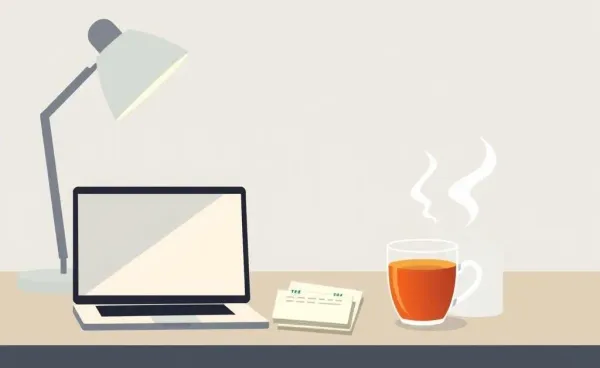Building a Rainy Day Fund: Simple Steps for Financial Peace
Learn how to easily set up a rainy day fund and improve your financial well-being.

Have you ever found yourself suddenly in need of cash for an unexpected expense and wished you had a safety net? You're not alone. Creating a rainy day fund can be a lifesaver, bringing you financial peace in times of uncertainty. Let's dive into the simple steps to build this essential cushion.
What Exactly is a Rainy Day Fund?
Think of a rainy day fund as your financial umbrella, a small stash of money set aside for life's little surprises. Unlike a traditional emergency fund — which is meant for major life events like job loss or medical emergencies — a rainy day fund covers smaller, less catastrophic issues like car repairs or a broken appliance.
How Much Should You Save?
There's no one-size-fits-all answer, but a good rule of thumb is to have about $500 to $1,000 set aside. Consider it enough to handle those unexpected bills that pop up from time to time. Start small and build as you can.
My First Unexpected Leak
I once had my own rainy day moment when my trusty laptop decided it was time for a permanent nap. Faced with the cost of a replacement, I was grateful for the small fund I had set aside. It took the sting out of an inconvenient situation and was as comforting as my favorite blanket on a drizzly day.
Steps to Start Your Rainy Day Fund
- Review Your Budget: Identify areas where you can cut back, even if it's just your daily coffee run.
- Set Up Automatic Transfers: Schedule a small, manageable amount to transfer into a dedicated savings account each month.
- Keep It Separate: Use a different account than your primary one to avoid the temptation to dip into it for everyday purchases.
- Make It a Habit: Reassess your progress monthly and adjust contributions as feasible.
Why It Matters More Than Ever
In times of economic uncertainty, having this buffer can calm your mind and reduce stress. It allows you to handle unexpected expenses without going into debt or derailing your financial plans. Forbes reinforces the importance of this strategy for your overall financial wellbeing.
Ready to Start Building Yours?
Setting up a rainy day fund might seem overwhelming at first, but by taking small steps, you can gradually create a buffer that provides peace of mind. What unexpected expense would you like to be better prepared for? Share your thoughts and let’s keep the conversation going!




